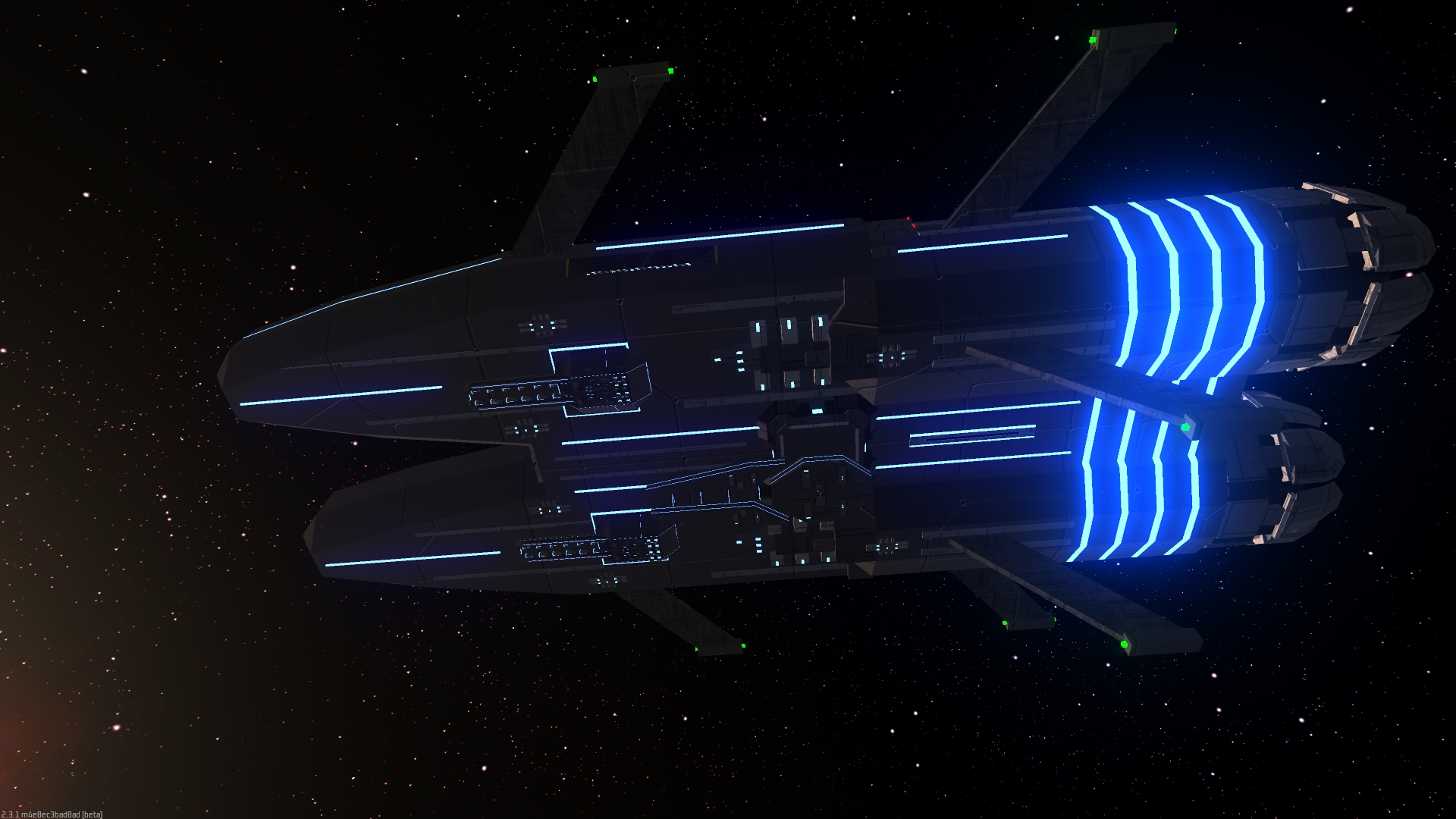Kloxin
A sentient species from the Leosus Ring World.
Kloxins are unique for their capability to modify the shape of their body quickly and easily. Shapeshifting often takes between 20 seconds to 2 minutes depending on the scope of the changes. However, they must keep the same amount of mass after shapeshifting. Also, all of their organs must still be placed in the body.
As such, in their culture, the shape of ones body can reflect ones personality in a similar way as humans changing clothes. However, this capability also has many societal uses, such as escaping into very small areas, forming more arms to multitask with or espionage as they take the form of a different species.
To identify themselves under the federation, they often etch their FSID symbol on themselves or wear a badge with the symbol.
Shapeshifting is achieved through activiating and deactivating certain genes in the kloxin's genome. They are a single cellular organism, reminscient of Suons. Their DNA is stored in a gland located under the brain, by default. This gland can activate and deactivate genes at will and a significant portion of a kloxin's brain is dedicated to calculating which genes to activate and deactivate when a change is ordered. There are only few genes which they cannot change because it would cause death. This includes the code for certain organs as well as the immune system.
Should a kloxin desire to grow larger or smaller than the maximum size of their species, they can eat a lot more food than they normally would after making a shapeshift order. Their metabolism speeds up further, allowing them to gain enough energy and nutrients to grow as slowly as most other species. This operation often takes years to complete but gives a person a lot of utility and they can only modify their size so that their mass remains within about 0.6 times that of the original body. They can also lose biomass and grow smaller, in which case they will shrink very slowly but require less food as the body metabolises itself. These operations allow the genome of the organs to be modified to an extent in order to change their size to accomodate the new size of the body. They can aso modify their organs to an unnatural extent through bioengineering, often performed by a Harkas, but this is restricted by the Hyperion Ethics Committee.
Being given so much freedom to modify their own bodies, some kloxin have turned into truly exotic organisms. Some can survive in space, others rely on flight for locomotion, there are even individuals that have turned into massive, biological data centers with QECs they formed themselves. Truly immense individuals are usually fed using a technology similar to Biological Fission Reactors - biological antimatter reactors - to create enough food to sustain them. Due to the extremely versatile genome of the kloxin, the Harkas have taken a lot of interest in the kloxin. They have learned a lot about bioengineering from the kloxin, and vice versa. Most kloxin agree to remain in their default forms, or relatively close to it.
Basic Information
Genetics and Reproduction
However, despite the strange biology of kloxins, they reproduce in a similar manner as humans. After birth, they would need to grow to a larger size to reproduce. This process often takes about 25 years. Newborn kloxin will take up a body shape similar to that of the female over the time of her pregnancy.
Dietary Needs and Habits
To give them enough energy to make such rapid changes, they have a faster metabolism than most races, so they will need to eat more food. They have almost entirely lost the ability to digest plant matter, making them much more carnivorous. While not shapeshifting, this also makes kloxins faster physically and quite energetic. Their brains also use a lot of energy for their size, which can make them smarter.
Additional Information
Symbiotic and Parasitic organisms
Kloxins also have a highly dense microbiome. Many kinds of bacterial cells also survive in a kloxin, syphoning energy from the host but giving the host more options in shapeshifting. The bacterial cells can sometimes be used by the body to make up for a defict in a specific type of cell. For example, if the host requires more nerve cells from a shapeshifting operation, it can recall some of the symbiotic bacteria to fill the same role. Most of these bacterial species would not survive in other hosts.



Comments